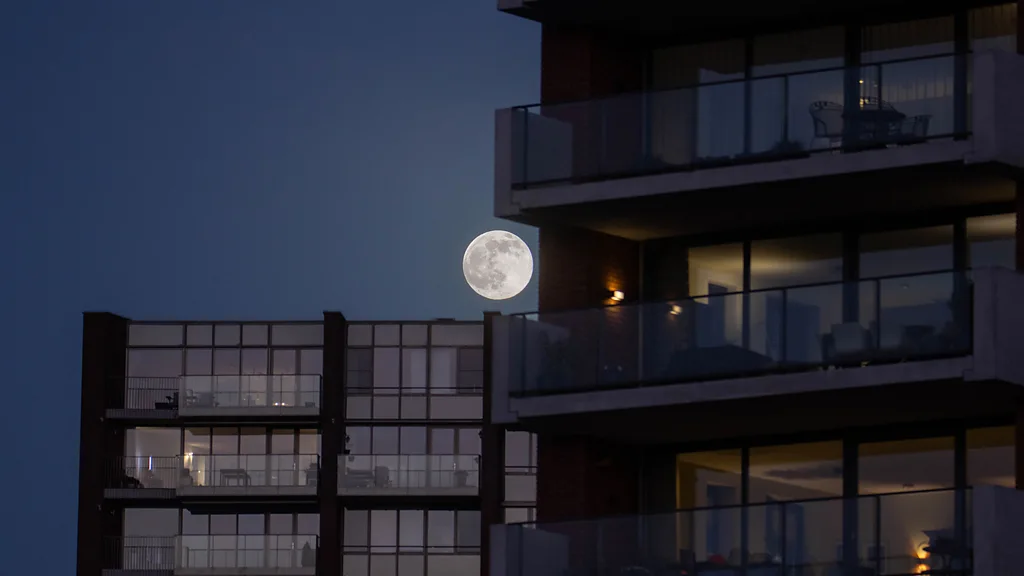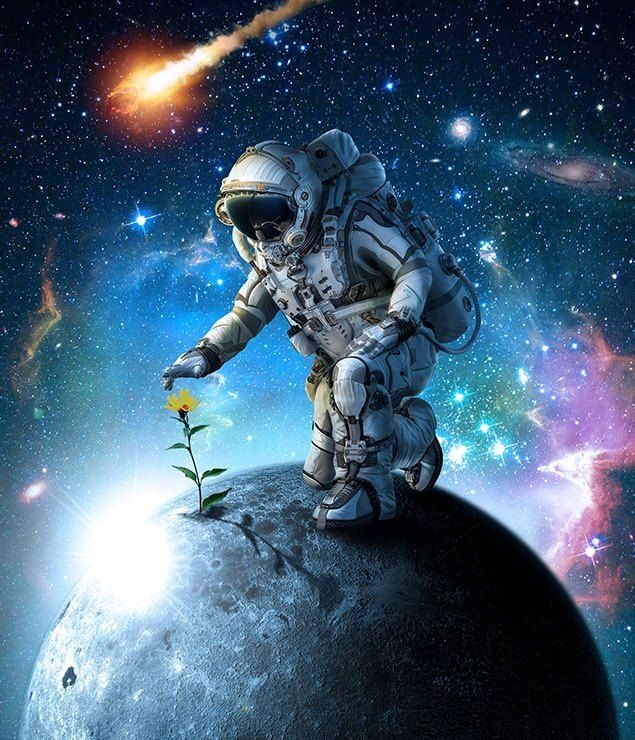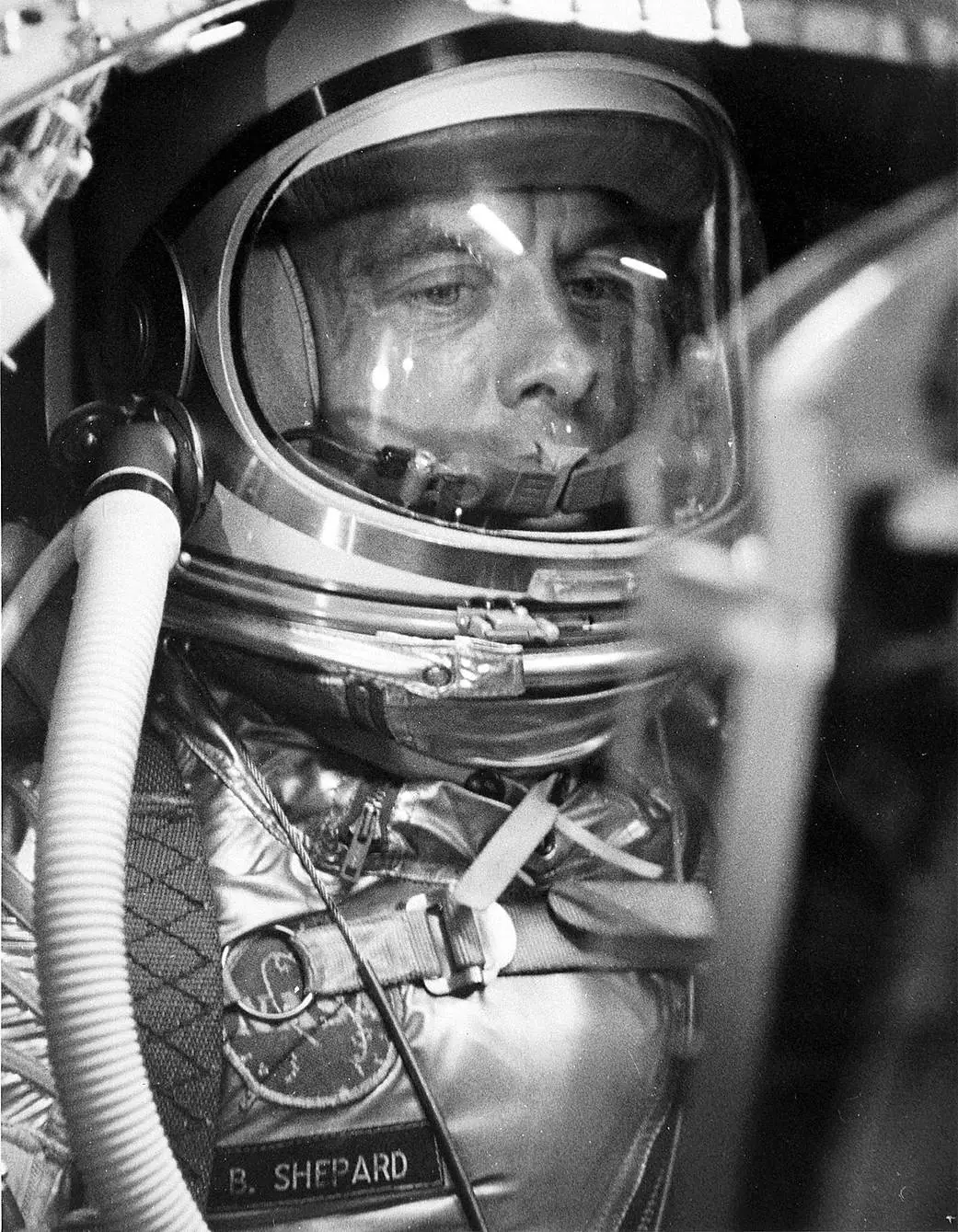The Moon: Our Silent Cosmic Partner That Keeps Earth Alive

Have you ever stared at the Moon and wondered if it’s just a beautiful lamp in the sky? In truth, that pale orb is so much more than decoration — it’s a guardian, a stabilizer, a rhythm-maker, and perhaps one of the biggest reasons life on Earth still exists.
Let’s explore how this ancient companion quietly shapes our world, protects it from chaos, and may even be the key reason Earth is as special as it is.
It Was Born from Fire and Fury
Roughly 4.5 billion years ago, when Earth was just forming, a Mars-sized planet called Theia collided with it. The impact was cataclysmic — Earth was nearly shattered, and debris from both bodies was launched into orbit. From this swirling wreckage, the Moon formed. This is known as the Giant Impact Hypothesis, and it’s the most accepted theory of lunar birth (NASA, 2022).
Newer ideas even suggest the Moon may have formed inside a synestia, a donut-shaped cloud of vaporized rock that formed after the impact (Nature Geoscience, 2018). Either way, the Moon is not a satellite we captured — it’s born of us, made from the same materials, a literal child of Earth.

A Protective Presence Against Celestial Bombardment
While the Moon doesn’t orbit like a superhero deflecting meteors, its sheer existence has spared Earth from far worse damage. Its heavily cratered surface is evidence — countless meteorites that might have slammed into Earth struck the Moon instead.
During periods like the Late Heavy Bombardment (~4 billion years ago), the Moon may have served as a gravitational “sweeper,” altering the paths of near-Earth objects. Its presence also subtly alters asteroid trajectories in the Earth-Moon system, acting as a gravitational buffer in some cases (ESA Archives, 2021).
The Moon Breathes Life into Our Oceans
The Moon’s gravitational pull gives Earth its tides, those steady, rhythmic motions that have shaped coastlines, powered ecosystems, and helped marine life evolve.
Without tides, ocean waters would be static, and nutrient flow — which feeds coral reefs and entire food chains — would collapse. Scientists believe the tidal zones even created the first natural laboratories where life could have transitioned from sea to land.
Tides also help regulate Earth’s climate, distributing solar heat through ocean currents. The Moon’s gentle pull is a planetary heartbeat.
It Keeps Earth from Falling into Chaos
Imagine Earth wobbling like a drunken top. That’s what would happen without the Moon. Earth’s tilt — which gives us seasons — would shift wildly without lunar stability.
Today, our tilt is about 23.5°, but without the Moon’s gravitational anchoring, simulations suggest it could vary between 10° and 85°. That would mean extreme, unpredictable climates, possibly too harsh for complex life to evolve or survive (University of California Press, 2000 – Rare Earth Hypothesis).
The Moon is the silent hand keeping our world balanced.
It Slows Down Time — Literally
Every day on Earth used to be shorter. Around 620 million years ago, one Earth day was just 21 hours. The Moon’s pull on Earth causes tidal friction, slowly reducing Earth’s rotation speed.
Because of this, our days are gradually getting longer — by about 1.7 milliseconds per century. Meanwhile, the Moon is drifting away at 3.8 cm per year. One day, it will be too far to create total solar eclipses, and the balance of the Earth-Moon system will change forever.
But for now, it’s still our timekeeper — making Earth’s days gentle and livable.

The Moon’s Role in Earth’s Uniqueness
Astrobiologists suggest that a large moon like ours is rare — and vital for a planet to support life. Its stabilizing effects on climate and tilt, its role in tidal mixing, and even its potential to trigger biological rhythms (like migration or breeding cycles) all point to its importance.
Some scientists argue that Earth might not be habitable without a moon like ours. In fact, the Moon is a key point in the Rare Earth Hypothesis, which suggests that life-bearing planets are incredibly uncommon — and that a stable, large moon is one reason Earth is so special.




Good one
Jili777 Casino! Love the Jili games, hoping this site has them all! Fingers crossed for some big wins! Check it out: jili777casino